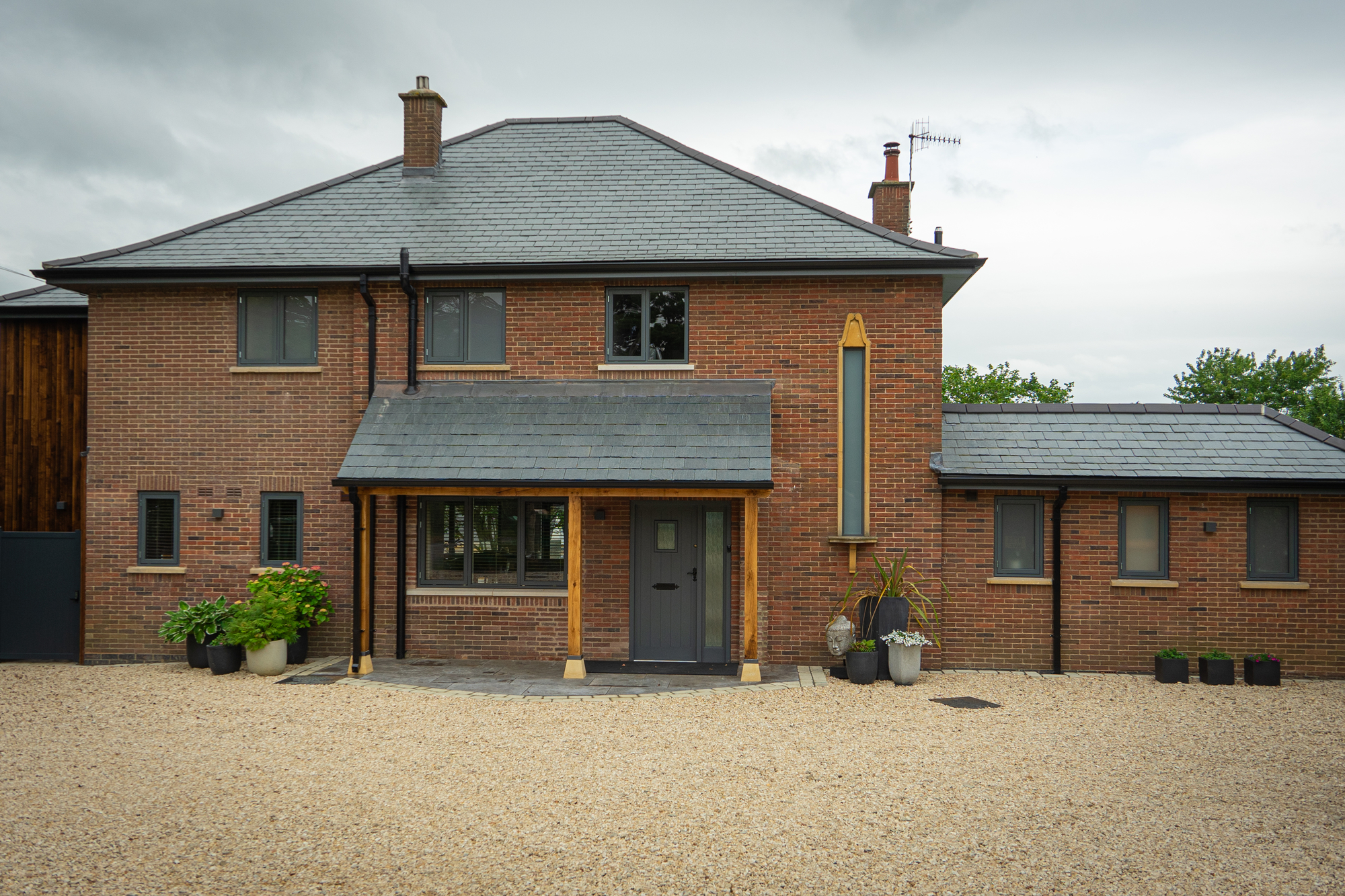Double glazing is a popular window design that incorporates two panes of glass separated by a gap, which is typically filled with argon or another inert gas. This construction enhances thermal insulation, soundproofing, and energy efficiency. In this report, we will explore the benefits of double glazing, the various types available, and the installation process, providing a comprehensive overview for homeowners considering this upgrade.
Benefits of Double Glazing
- Energy Efficiency: One of the primary advantages of double glazing is its ability to improve energy efficiency. The insulating properties of the two glass panes reduce heat loss during winter and keep homes cooler in summer. This leads to lower energy bills as heating and cooling systems do not have to work as hard to maintain comfortable temperatures.
- Noise Reduction: Double glazing also acts as a sound barrier. The air or gas-filled gap between the two panes of glass significantly reduces noise from outside, making it an excellent choice for homes in busy urban areas or near roads. This added sound insulation contributes to a more peaceful living environment.
- Increased Security: Double-glazed windows are generally more robust than single-pane windows, making them harder to break. The two layers of glass provide an additional barrier against potential intruders, enhancing the overall security of a home.
- Condensation Reduction: Double glazing helps to minimize condensation on windows. The inner pane remains warmer due to the insulating properties of the double glazing, which reduces the likelihood of moisture forming on the glass surface.
- Environmental Impact: By improving energy efficiency and reducing reliance on heating and cooling systems, double glazing can contribute to a lower carbon footprint. This is particularly important as more homeowners seek to reduce their environmental impact.
Types of Double Glazing
Double glazing comes in various forms to suit different needs and preferences. Here are some common types:
- Standard Double Glazing: This is the most common type, featuring two panes of glass with a spacer bar that creates an air gap. It is suitable for most residential applications and provides a good balance of thermal insulation and cost.
- Low-E Double Glazing: Low-emissivity (Low-E) glass has a special coating that reflects heat back into the room while allowing light to pass through. This type of double glazing is highly energy-efficient, as it minimizes heat loss in winter and www.yell.com/biz/ideal-glass-st-albans-10766779/ (https://gitlab.oc3.ru/) reduces heat gain in summer.
- Acoustic Double Glazing: Designed specifically to reduce noise pollution, acoustic double glazing features a thicker outer pane or a different spacing between the panes to enhance soundproofing. This is ideal for homes in noisy environments.
- Triple Glazing: While not strictly double glazing, triple glazing consists of three panes of glass and can offer even greater insulation and energy efficiency. It is typically more expensive and heavier than double glazing but may be worth the investment in extreme climates.
- Self-Cleaning Double Glazing: This innovative option features a special coating that uses sunlight to break down dirt and grime on the glass surface, allowing rainwater to wash it away. This reduces the need for manual cleaning and is especially beneficial for hard-to-reach windows.
Installation Process
Installing double glazing involves several steps, and it is generally advisable to hire a professional for the best results. Here’s an overview of the installation process:
- Assessment and Measurement: A professional installer will assess the property and take accurate measurements of the existing window frames. This ensures that the new double-glazed units fit perfectly.
- Choosing the Right Glass: Homeowners can choose the type of double glazing that best suits their needs, taking into account factors such as energy efficiency, noise reduction, and aesthetics.
- Removal of Old Windows: The installation process typically begins with the removal of existing windows. Care is taken to avoid damage to the surrounding structure during this phase.
- Fitting the New Double-Glazed Units: The new double-glazed windows are carefully fitted into the frames. Proper sealing is crucial to ensure that the units are airtight and maintain their insulating properties.
- Finishing Touches: Once the windows are installed, any necessary finishing work is completed. This may include painting, caulking, or adding trim to ensure a seamless appearance.
- Final Inspection: A final inspection is conducted to ensure that the installation meets quality standards and that the windows are functioning correctly.
Maintenance of Double Glazing
Double-glazed windows generally require minimal maintenance compared to single-pane windows. However, homeowners should follow a few simple guidelines to keep their windows in optimal condition:
- Regular Cleaning: Clean the glass surfaces with a mild detergent and soft cloth to remove dirt and grime. Avoid abrasive cleaners that could scratch the glass.
- Check Seals: Periodically inspect the seals around the window frames for any signs of wear or damage. If seals are compromised, it can lead to condensation and reduced energy efficiency.
- Lubricate Hardware: If the windows have opening mechanisms, ensure that they are properly lubricated to prevent sticking and ensure smooth operation.
- Professional Inspections: Consider scheduling professional inspections every few years to assess the condition of the windows and address any potential issues before they become significant problems.
Conclusion
Double glazing is an effective solution for homeowners looking to enhance energy efficiency, reduce noise pollution, and improve the overall comfort of their living spaces. With various types available and a straightforward installation process, double glazing can be a valuable investment that pays off in reduced energy costs and increased home value. By understanding the benefits, types, and maintenance requirements, homeowners can make informed decisions about incorporating double glazing into their properties. As energy efficiency and environmental consciousness continue to grow in importance, double glazing stands out as a practical choice for modern living.





